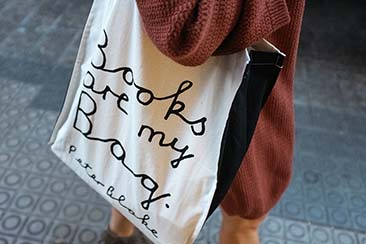It was a London icon that inspired Australian jewellery designer, Phoebe Porter, to create her awesome ‘Transit’ series of jewellery. Taking their visual cue from Harry Beck’s famous 1933 London Underground map, the pieces “explore ideas of connection and how jewellery might represent the networks that link people and places”.
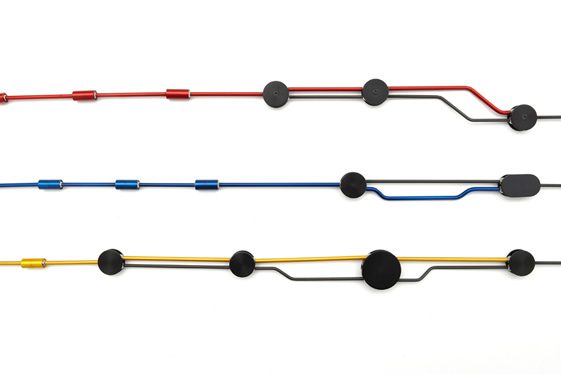
Despite appearing quite rigid, the gold, silver, aluminium, titanium and stainless steel pieces move and pivot with the body through ball bearing connectors. “The titanium balls are specially sourced,” Porter explains. “The other components are made in my studio, either on the lathe or by hand.” The longer necklaces are made from about 100 individual parts, some of which are anodised in a range of bold colours.
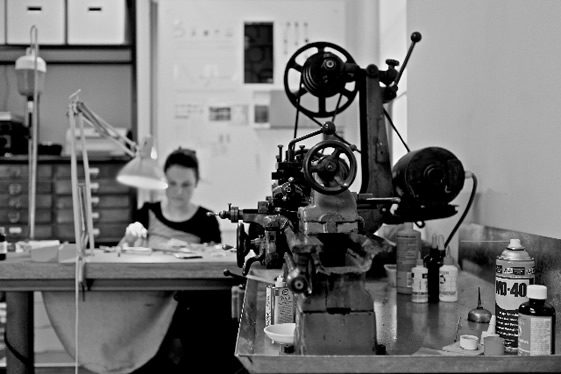
Phoebe Porter in her studio
“I trained with German-born silversmith Johannes Kuhnen, whose use of geometric abstraction and anodised aluminium was of particular influence to the development of my work,” she says. Porter also credits a great deal of her success to a mentorship with contemporary jeweller Blanche Tilden.
“I’m often inspired by graphic design and particularly admire the works of Peter Saville and Shinnoske Sugisaki.”
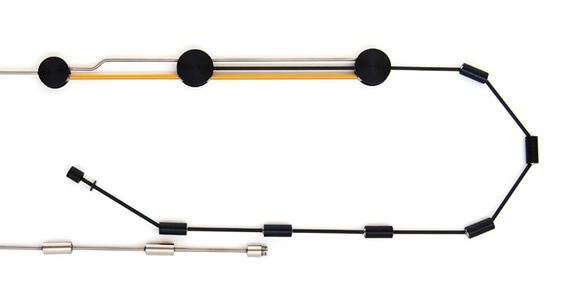
“I work predominantly with industrial materials including titanium, stainless steel and aluminium which I combine with precious materials or specially sourced industrial components,” she says.
“These materials are difficult to work with. They’re less malleable than silver and gold and their hardness makes them time-consuming and particularly brutal on my tools! Yet their strength allows me to make pieces that are very fine yet very robust.”
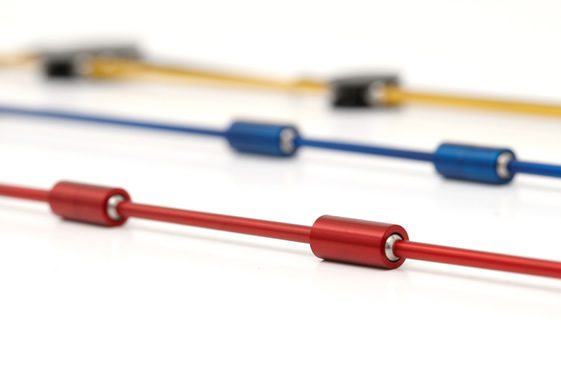
The jeweller’s latest series, ‘Constructivist’ uses a number of the same materials to explore “geometric abstraction and bold colour, inspired by the Russian Constructivists who renounced abstract painting in favour of working with industrial materials in space”.
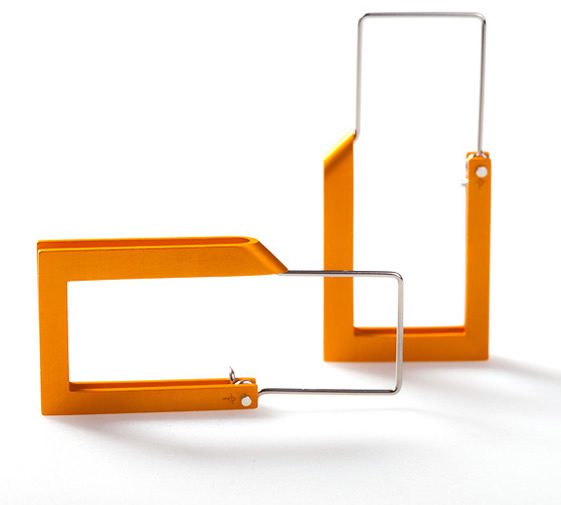
Constructivist
Porter is working towards a solo exhibition in Melbourne later in the year, drawing inspiration from “process-driven jewellery design” such as the works of Dutch designer Emmy van Leersum.




